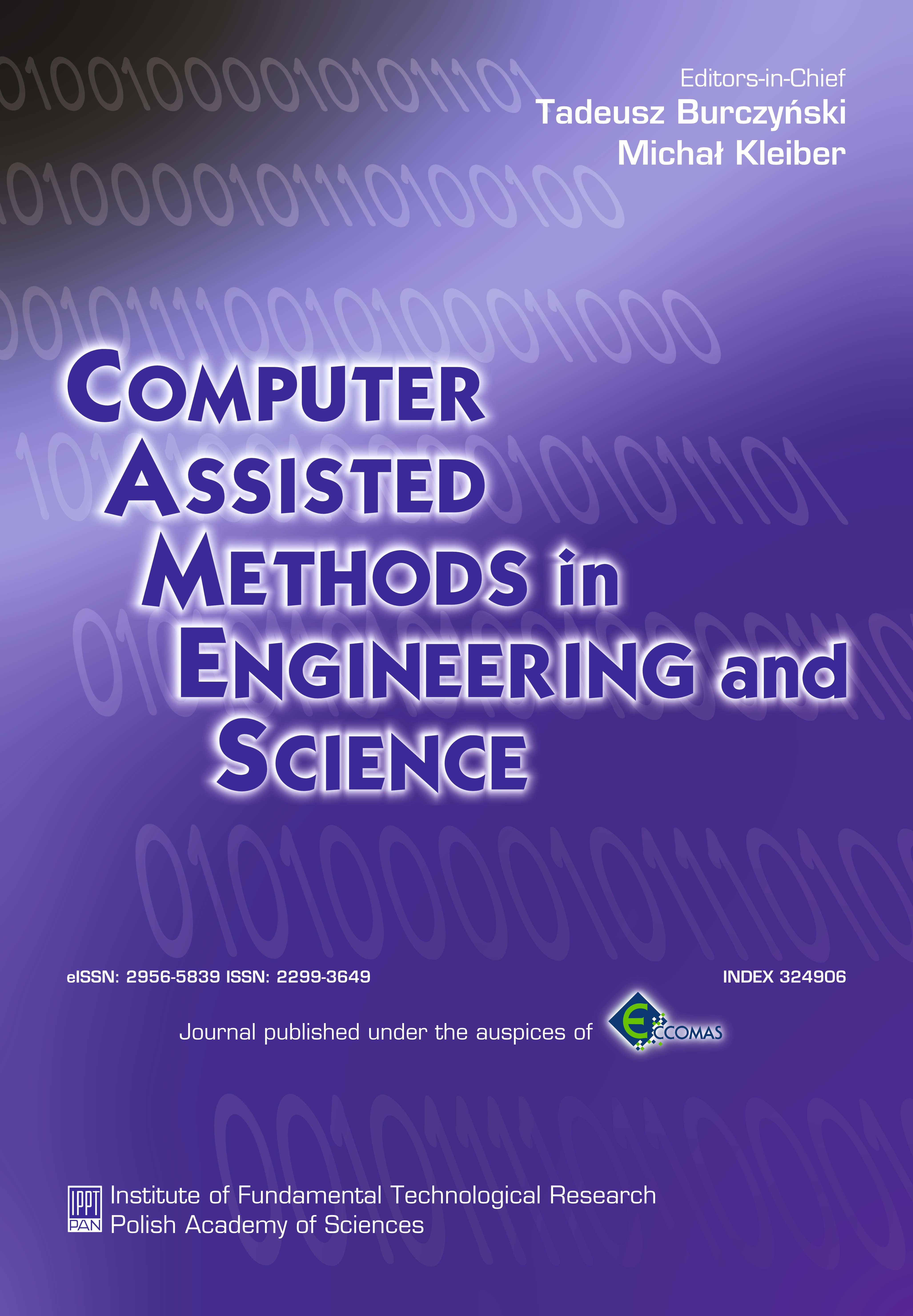Abstract
The method presented in this paper allows the visualization of spatial relations that could not be obtained using existing methods. Depending on the component maps that represent the analysis criteria, it is possible to indicate certain ways to develop good or bad areas. These maps may contain visibility data as well as other types of spatial impact. Thanks to this, spatial decision criteria can be broad and multibranch.
Keywords:
multiobjective optimization, spatial analysis, visibility mapsReferences
[2] A. Böhm. About the composition factor in spatial planning [in Polish: O czynniku kompozycji w planowaniu przestrzennym]. Politechnika Krakowska, Kraków, 2016.
[3] I. Niedźwiecka-Filipiak. Features of landscapes and architecture of the countryside of south-western Poland [in Polish: Wyróżniki krajobrazu i architektury wsi Polski południowo-zachodniej]. Uniwersytet Przyrodniczy we Wrocławiu, Wrocław, 2009.
[4] K. Czyńska, P. Rubinowicz. Classification of cityscape areas according to landmarks visibility analysis. Environmental Impact Assessment Review, 79: 47–60, 2019.
[5] P. Ozimek, A. Böhm, A. Ozimek, W. Wankowicz, Planning spaces with high scenic values by means of digital terrain analyses and economic evaluation [in Polish: Planowanie przestrzeni o wysokich walorach krajobrazowych przy użyciu cyfrowych analiz terenu wraz z oceną ekonomiczną]. Politechnika Krakowska, Kraków, 2013.
[6] P. Ozimek. Research in the field of digital site analysis [in Polish: Badania w zakresie cyfrowych analiz terenu]. In: P. Ozimek, A. Böhm, A. Ozimek, W. Wańkowicz, Planning spaces with high scenic values by means of digital terrain analyses and economic evaluation [in Polish: Planowanie przestrzeni o wysokich walorach krajobrazowych przy użyciu cyfrowych analiz terenu wraz z oceną ekonomiczną]. Politechnika Krakowska, Kraków, 2013.
[7] P. Ozimek. Attractiveness factors of the guest landscape that undergo computer modeling [in Polish: Czynniki atrakcyjności krajobrazu gościnnego poddające się modelowaniu komputerowemu]. In: P. Ozimek, A. Böhm, A. Ozimek, W. Wańkowicz, Planning spaces with high scenic values by means of digital terrain analyses and economic evaluation [in Polish: Planowanie przestrzeni o wysokich walorach krajobrazowych przy użyciu cyfrowych analiz terenu wraz z oceną ekonomiczną]. Politechnika Krakowska, Kraków, 2013.
[8] A. Böhm. Attractiveness factors of the hospitable landscape [in Polish: Czynniki atrakcyjności krajobrazu gościnnego]. In: P. Ozimek, A. Böhm, A. Ozimek, W. Wańkowicz, Planning spaces with high scenic values by means of digital terrain analyses and economic evaluation [in Polish: Planowanie przestrzeni o wysokich walorach krajobrazowych przy użyciu cyfrowych analiz terenu wraz z oceną ekonomiczną]. Politechnika Krakowska, Kraków, 2013.
[9] J.F. Lyotard. Sublimity and avantgarde [in Polish: Wzniosłość i awangarda]. Teksty Drugie, 2–3, 1996.
[10] I. Kant. Critique of Pure Reason [in Polish: Krytyka czystego rozumu]. Warszawa, 2011.
[11] C.A. Coello Coello, G.B. Lamont, D.A. van Veldhuizen. Evolutionary algorithms for solving multi-objective problems. Genetic and Evolutionary Computation Series. Springer, New York, 2006.
[12] P. Jarosz, T. Burczyński. Biologically inspired methods and game theory in multi-criterion decision processes. In: P. Bouvry, H. Gonzalez-Velez, J. Kołodziej [Eds], Intelligent decision systems in latge-scale distributed environments. Springer, Berlin, 2011, pp. 101–124.
[13] P. Jarosz, T. Burczyński. Coupling of immune algorithms and game theory in multiobjective optimization. Proceedings of the International Conference on Artifical Intelligence and Soft Computing, ICAISC 2010, pp. 500–507, 2010.






